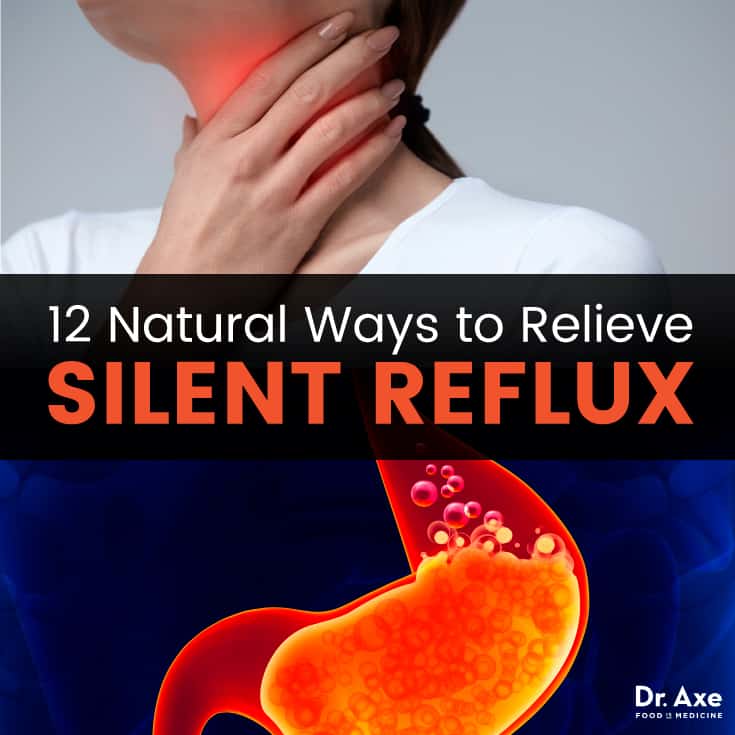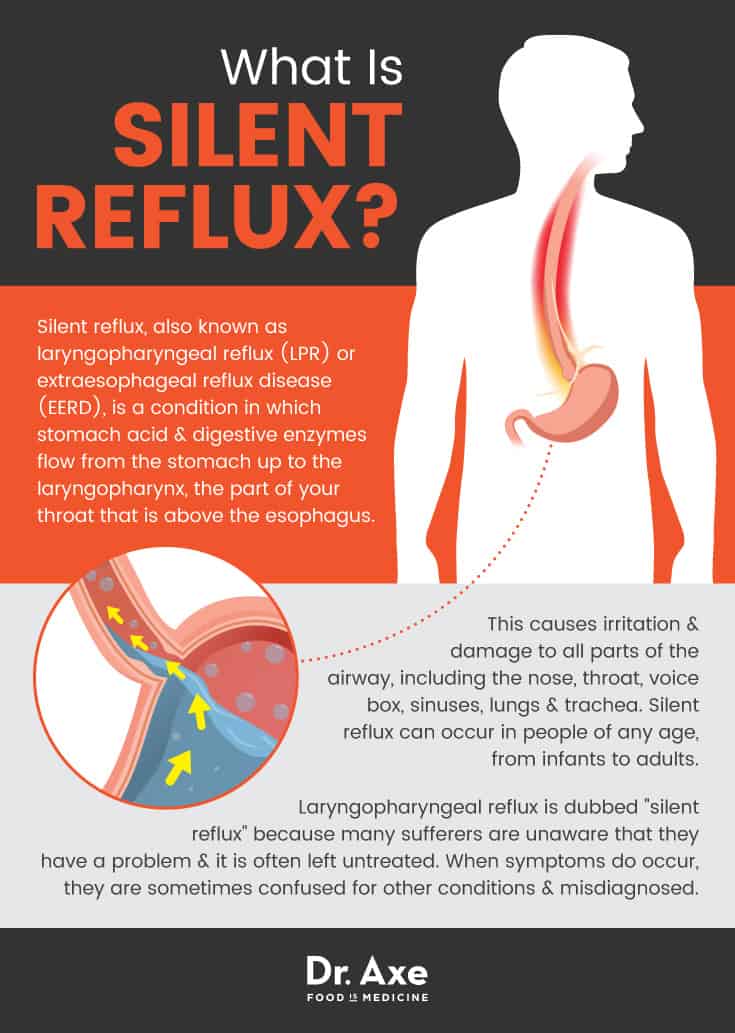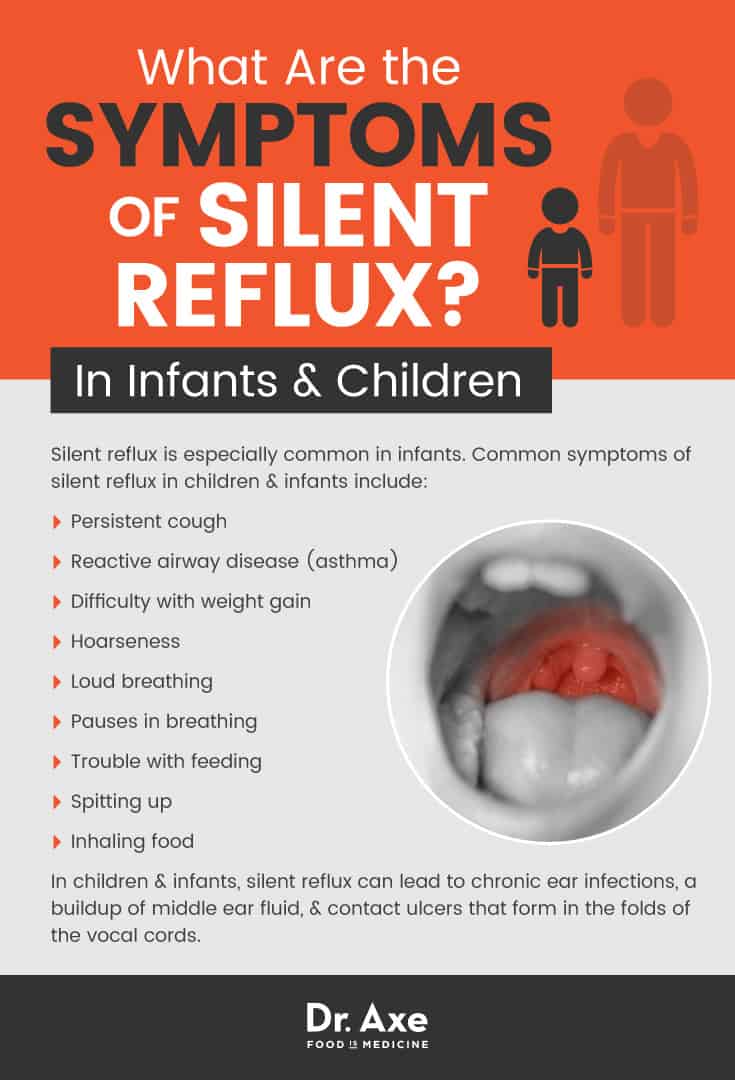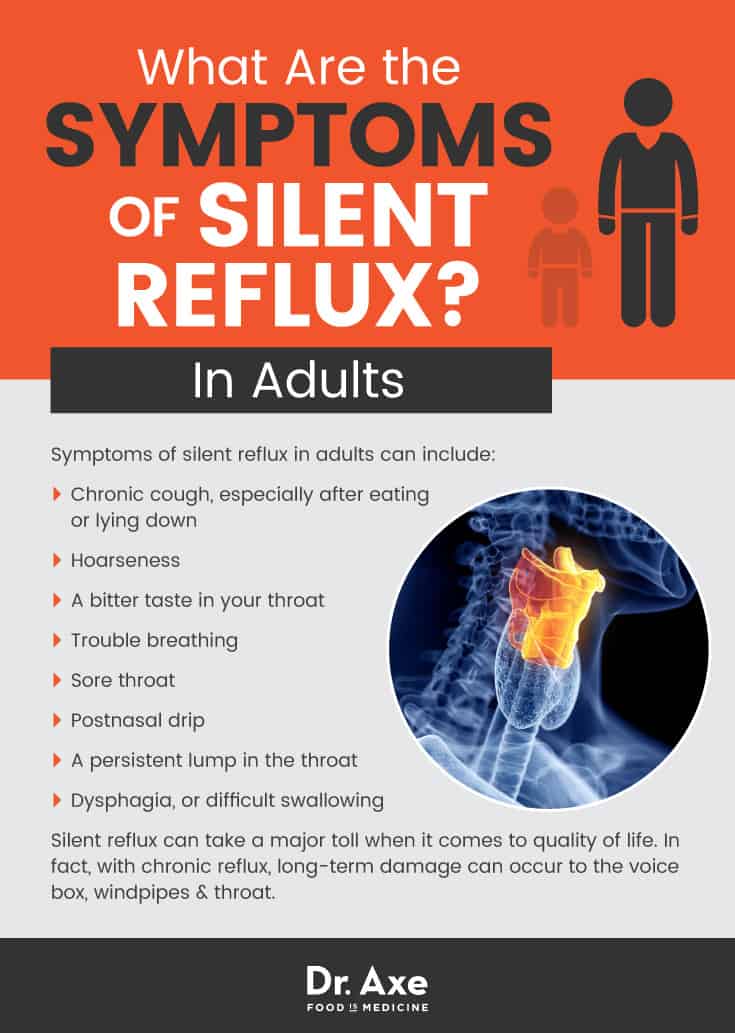This Dr. Axe content is medically reviewed or fact checked to ensure factually accurate information.
With strict editorial sourcing guidelines, we only link to academic research institutions, reputable media sites and, when research is available, medically peer-reviewed studies. Note that the numbers in parentheses (1, 2, etc.) are clickable links to these studies.
The information in our articles is NOT intended to replace a one-on-one relationship with a qualified health care professional and is not intended as medical advice.
This article is based on scientific evidence, written by experts and fact checked by our trained editorial staff. Note that the numbers in parentheses (1, 2, etc.) are clickable links to medically peer-reviewed studies.
Our team includes licensed nutritionists and dietitians, certified health education specialists, as well as certified strength and conditioning specialists, personal trainers and corrective exercise specialists. Our team aims to be not only thorough with its research, but also objective and unbiased.
The information in our articles is NOT intended to replace a one-on-one relationship with a qualified health care professional and is not intended as medical advice.
12 Natural Ways to Relieve Silent Reflux Symptoms
November 3, 2017

Many people are pretty familiar with gastroesophageal reflux, or GERD. And they probably know about the burning heartburn and painful discomfort that can come with it. Not so many people have heard of silent reflux, though. It’s a closely related condition that is often misdiagnosed and left untreated.
Silent reflux is incredibly common but not often diagnosed because the symptoms are sometimes attributed to other conditions and causes.
Over time, silent reflux can seriously impact quality of life, causing symptoms like hoarseness and trouble breathing while even worsening other conditions like asthma or sleep apnea.
Luckily, reducing symptoms and preventing damage caused by this devastating condition can be as simple as incorporating a few natural reflux remedies into your daily routine.
What Is Silent Reflux?
Silent reflux, also known as laryngopharyngeal reflux (LPR) or extraesophageal reflux disease (EERD), is a condition in which stomach acid and digestive enzymes flow from the stomach up to the laryngopharynx, the part of your throat that is above the esophagus — the long tube that reaches from your throat down to your stomach.
This causes irritation and damage to all parts of the airway, including the nose, throat, voice box, sinuses, lungs and trachea. Silent reflux can occur in people of any age, from infants to adults.
Laryngopharyngeal reflux is dubbed “silent reflux” because many sufferers are unaware that they have a problem and it is often left untreated. When symptoms do occur, they are sometimes confused for other conditions and misdiagnosed.
Despite being similar to acid reflux (GERD), it doesn’t always present with the same symptoms. For example, heartburn, is one of the most common acid reflux symptoms, but it isn’t typically associated with silent reflux.
Silent reflux can result in some serious side effects, including inflammation, scarring of the tissues and even laryngeal cancer if left untreated. (1)

Signs & Symptoms
For adults, the symptoms of silent reflux can be easily confused with other issues. And it isn’t always associated with traditional symptoms of acid reflux, such as heart burn.
Also, if you have other conditions like sleep apnea, asthma, emphysema or bronchitis, silent reflux can exacerbate these issues and make symptoms worse.
Symptoms of silent reflux in adults can include:
- Chronic cough, especially after eating or lying down
- Hoarseness
- A bitter taste in your throat
- Dysphagia, or difficult swallowing
- Trouble breathing
- Sore throat
- Postnasal drip
- A persistent lump in the throat
Silent reflux is especially common in infants. Common symptoms of silent reflux in children and infants include:
- Persistent cough
- Reactive airway disease (asthma)
- Difficulty with weight gain
- Hoarseness
- Loud breathing
- Pauses in breathing
- Trouble with feeding
- Spitting up
- Inhaling food
Silent reflux can take a major toll when it comes to quality of life. In fact, with chronic reflux, long-term damage can occur to the voice box, windpipes and throat. Those with silent reflux sometimes suffer from reduced quality of sleep and limited social interactions due to voice changes. Over time, persistent laryngopharyngeal reflux may even increase the risk of cancer. (2)
In children and infants, silent reflux can lead to chronic ear infections, a buildup of middle ear fluid, and contact ulcers that form in the folds of the vocal cords.

Causes & Risk Factors
When you eat, your food goes from your mouth into your esophagus and all the way down into your stomach. Once it’s reached your stomach, digestive enzymes and stomach acids are released to begin the process of breaking down the food and extracting its nutrients.
Each end of your esophagus has a sphincter, which helps to keep these acids and enzymes in your stomach where they belong. These are small bands of muscle that act as a valve to prevent acid from the stomach from entering up into the esophagus.
However, when you have silent reflux, these sphincters don’t work correctly. This results in stomach acid and digestive enzymes from the stomach flowing back up to the laryngopharynx, causing damage to your tissues all along the way.
Silent reflux in babies and children is more prevalent because they spend more time lying down and have a shorter esophagus and undeveloped esophageal sphincters. Oftentimes, this will improve with age, though treatment is sometimes necessary.
In adults, however, the cause of silent reflux is not always clear. But certain risk factors may increase the chances of developing symptoms.
Common risk factors for silent reflux include:
- Pregnancy
- Overeating
- Hiatal hernia
- Smoking
- Alcohol use
- Being overweight
- Poor diet
Fortunately, there are many options for laryngopharyngeal reflux treatment that can help alleviate symptoms and prevent further damage and adverse side effects. From following a silent reflux/GERD diet to making minor lifestyle modifications, most people can easily control and reduce symptoms.
Conventional Treatment
In severe cases, surgery is sometimes recommended to reduce symptoms. The most common surgical procedure is fundoplication. This involves wrapping the upper part of the stomach around the lower end of the esophagus and sewing into place. This strengthens the lower esophageal sphincter and improves its ability to prevent the flow of acid from the stomach up to the laryngopharynx.
In most cases, however, silent reflux treatment traditionally involves the use of medications such as H2 blockers and proton pump inhibitors, which help reduce the production of stomach acid.
Prokinetic agents may also be used to treat silent reflux. These are a class of medications that help promote the forward movement of the gastrointestinal tract to prevent the backward flow of stomach acid.
The problem with using silent reflux medication is that it is a temporary fix and may help reduce symptoms, but doesn’t necessarily treat the underlying root of the problem. Instead, making a few modifications to your diet and lifestyle can be effective at relieving symptoms and stopping silent reflux in its tracks.

12 Natural Ways to Relieve Silent Reflux
- Reduce trigger foods.
- Sit up after eating.
- Exercise regularly.
- Limit carbonated beverages.
- Follow a healthy diet.
- Avoid tight-fitting clothing.
- Quit smoking.
- Avoid caffeine.
- Eat small, frequent meals.
- Chew gum.
- Avoid alcohol.
- Eat more fiber.
1. Reduce Trigger Foods
The most effective way to ease symptoms is by by modifying your diet. For example, certain foods may relax the esophageal sphincter, allowing acid to flow into the esophagus, aggravating symptoms and worsening reflux.
Citrus fruits are known to trigger reflux symptoms and should be limited or avoided on a silent reflux diet. These include oranges, lemons, limes, grapefruit, pineapple, tomatoes and tomato sauce.
High-fat foods like full-fat dairy products, fatty cuts of meat, fried foods and desserts take longer to digest and can slow stomach emptying. They may also relax the esophageal sphincter and allow stomach acid to enter the esophagus. Reducing your fat intake and limiting consumption of high-fat foods can help sidestep symptoms of silent reflux. (3)
Chocolate, mint, onions and spicy foods are also common culprits when it comes to silent reflux, though certain foods may affect individuals differently.
Starting a food diary to track your intake and figure out which foods spark symptoms for you is a great way to identify your trigger foods and tailor your diet accordingly.
2. Sit Up After Eating
Lying down right after eating is a major cause of reflux as it makes it much easier for stomach acid to back up and flow in the wrong direction.
After eating, it’s important to sit upright or even walk around a bit to promote proper digestion and avoid reflux.
As a general rule, you should avoid lying down for at least two to three hours after eating to give your food a chance to digest and prevent back flow.
Additionally, keeping your upper body elevated by propping up the head of your bed or pillow may also be useful to avoid symptoms overnight.
3. Exercise Regularly
One of the major risk factors of silent reflux is being overweight. However, by increasing your physical activity, you can both lose some weight and reduce your symptoms.
One study in Sweden even found that regular exercise was associated with a decreased risk of reflux symptoms. (4)
The most recent Dietary Guidelines for Americans recommend at least 150 minutes of moderate intensity exercise or 75 minutes of vigorous intensity exercise per week. (5)
However, keep in mind that some forms of exercise may actually induce reflux for some people. In one study, running was found to increase reflux while using a stationary bicycle caused the least reflux. Additionally, exercising shortly after eating worsened reflux to a greater extent. (6)
4. Limit Carbonated Beverages
Carbonated beverages like soda can significantly worsen reflux. This is because the bubbles expand in the stomach, causing abdominal distention, increasing pressure on the esophageal sphincter and leading to reflux.
Limiting your intake of drinks like soda, ginger ale, root beer and even carbonated water can make a big impact on reducing silent reflux symptoms.
5. Follow a Healthy Diet
Eating a healthy diet full of nutrient-rich, unprocessed foods can benefit many aspects of your health and may even help ease symptoms of silent reflux.
A recent 2017 study on silent reflux compared the effectiveness of patients treated with medication to those treated with a plant-based Mediterranean diet and alkaline water. They found that medications decreased symptoms by approximately 27 percent while dietary modifications reduced symptoms by a whopping 40 percent. (7)
A healthy, well-balanced diet with minimal processed foods can provide more fiber and nutrients, increase the amount of beneficial gut bacteria, and promote better digestive health to prevent reflux. A diet full of whole foods can also aid in weight loss, which may further decrease the risk of reflux.
Fill your plate with plenty of whole, unprocessed foods like non-citrus fruits, vegetables and whole grains to see the biggest benefit when it comes to silent reflux.
6. Avoid Tight-Fitting Clothing
Trading in your skinny jeans and opting for looser fitting, more comfortable clothing may make a big impact on your symptoms. Plus it’s one of the easiest silent reflux natural remedies.
Wearing tight clothing can increase the pressure on your stomach and push stomach acid up, causing reflux.
If you notice that your symptoms are worse when you’re wearing tight clothing, it’s a good idea loosen up your belt a few notches or swap out those stretchy pants to help relieve reflux.
7. Quit Smoking
It’s no secret that smoking is not exactly stellar for your health. In addition to causing lung disease, cancer and even coronary heart disease, smoking can even contribute to silent reflux.
In one study, the odds of having silent reflux was 1.7 times greater for individuals who smoked daily for 20 years than non-smokers. (8)
Giving up smoking can decrease your risk of silent reflux and also help you make steady strides towards better health.
8. Avoid Caffeine
Unfortunately for coffee lovers, caffeine has been shown to worsen symptoms in some people with silent reflux.
This is because caffeine can relax the esophageal sphincter, allowing acid to enter the esophagus and cause reflux.
Coffee, tea and soda are some of the most common sources of caffeine in the diet. If you find that these exacerbate your symptoms, you may want to consider eliminating them from your diet or opting for decaffeinated varieties of coffee or tea instead.
9. Eat Small, Frequent Meals
Overeating can be a big contributor to reflux. Eating too much food places increased pressure on the stomach and can cause acid to be pushed up into the esophagus.
Dividing your daily intake into smaller portions and eating more frequently can keep you full, help you avoid overeating and prevent reflux.
Planning nutrient-dense, portion-controlled snacks throughout the day is the easiest way to do this. Make sure your mini meals contain plenty of nutrient-dense foods like fruits, vegetables and whole grains with a good source of protein to optimize your intake.
10. Chew Gum
Chewing a piece of gum after your meal can be a quick and easy remedy to fight against silent reflux.
A 2005 study found that chewing sugar-free gum for half an hour after eating was able to reduce reflux. (9)
This is because chewing gum increases saliva production, which can neutralize stomach acid. It also causes you to swallow more often to help clear acid from the mouth and esophagus more quickly.
Chewing bicarbonate gum may be especially effective as it can aid in neutralizing acid. Keep in mind that peppermint causes symptoms for some people. So opting for another flavor like cinnamon may be a safer choice.
11. Avoid Alcohol
Some evidence shows that drinking alcohol may trigger symptoms of silent reflux.
A study in The American Journal of Gastroenterology gave participants a meal served with either white wine or water and measured reflux. White wine was found to significantly increase reflux duration and frequency compared to water. (10)
Another study in 2006 had similar findings, showing that white wine and beer increased reflux by 23 and 25 percent, respectively. (11)
To help reduce your symptoms, it’s best to keep alcohol intake in moderation. And always avoid drinking two to three hours before bedtime.
12. Eat More Fiber
Dietary fiber comes with many benefits to health, from increasing satiety to promoting regularity. Fiber moves through your gastrointestinal tract undigested, helping to keep you full and improving digestive health.
Some studies have found that increasing your fiber intake could fight against silent reflux. In fact, a 2004 study published in Gut noted that dietary fiber was found to be protective against reflux. (12)
High-fiber foods include non-citrus fruits, vegetables, legumes and whole grains. Women should aim for at least 25 grams of fiber and men should eat at least 38 grams per day. Make sure to increase intake slowly. Also, drink plenty of water to avoid the negative digestive symptoms that can accompany sudden increases in fiber intake.
Precautions
If you find that your symptoms have started to affect your quality of life, you may want to consider consulting your doctor to see if more aggressive treatment methods may be necessary.
While these natural remedies can help reduce symptoms and promote a healthier lifestyle, some people may need to take additional measures such as medication or even surgery to prevent further damage caused by reflux.
Additionally, babies suffering from silent reflux may require medication to help neutralize acid and prevent long-term complications. Consult with your pediatrician if you believe that your child may have silent reflux.
For some, surgery may also be necessary to correct a hiatal hernia, if one is present. This is a condition that causes the stomach to push up through the diaphragm, which could contribute to silent reflux. Hiatal hernias can cause symptoms like abdominal discomfort, belching, regurgitation and heartburn. If you think you have a hiatal hernia that could be causing your silent reflux, talk to your doctor about treatment options.
Key Points
- Silent reflux is a condition that causes stomach acid and digestive enzymes to flow from the stomach up to the laryngopharynx.
- Overeating, pregnancy, being overweight, smoking, drinking alcohol, having a hiatal hernia or following a poor diet are all common factors that can increase your risk of silent reflux.
- Conventional treatment includes the use of certain medications that decrease the production of stomach acid or surgery to strengthen the esophageal sphincter in some cases.
- However, making a few diet and lifestyle changes can also be effective. Eating a balanced diet, avoiding certain trigger foods, exercising regularly and maintaining a healthy lifestyle can all reduce your risk of silent reflux and help lessen symptoms.
12 Natural Ways to Relieve Silent Reflux Symptoms
- Reduce trigger foods.
- Sit up after eating.
- Exercise regularly.
- Limit carbonated beverages.
- Follow a healthy diet.
- Avoid tight-fitting clothing.
- Quit smoking.
- Avoid caffeine.
- Eat small, frequent meals.
- Chew gum.
- Avoid alcohol.
- Eat more fiber.



